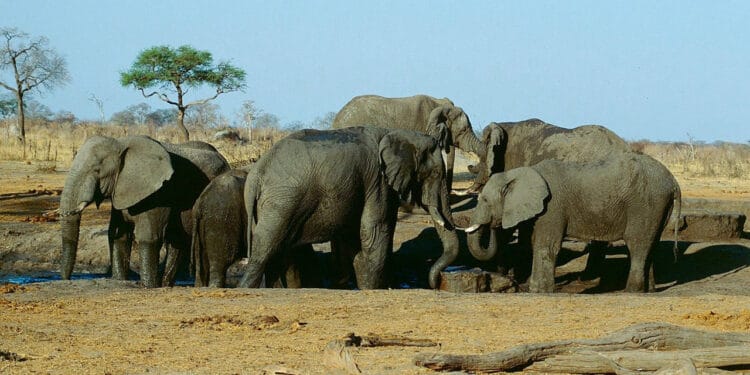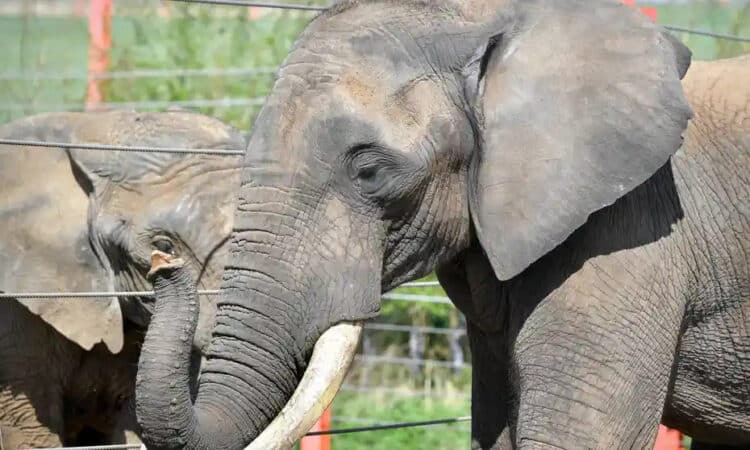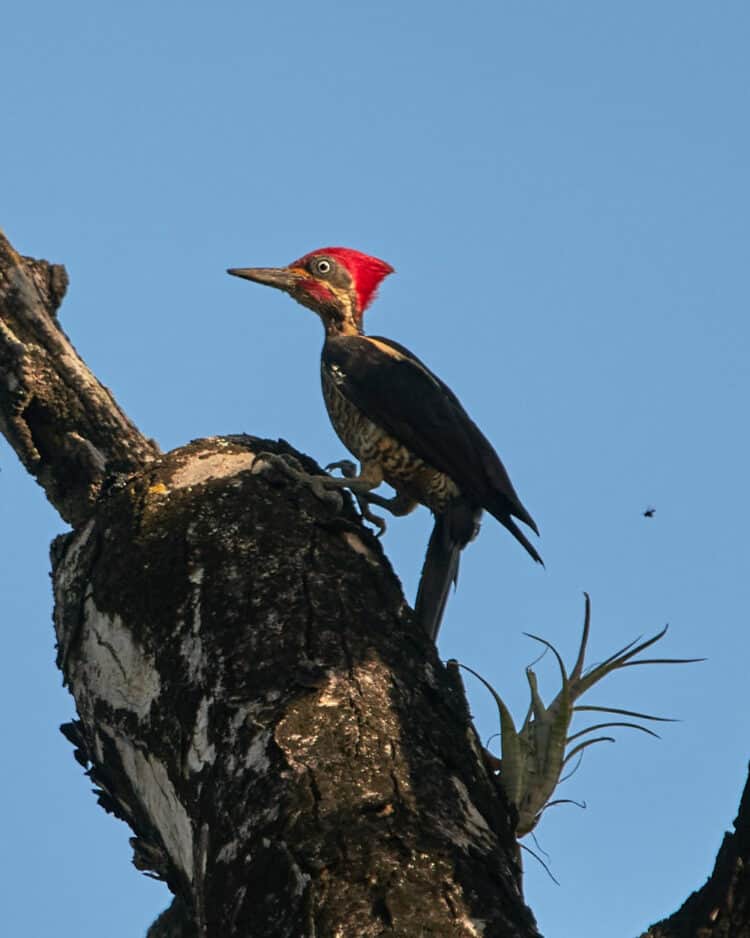We are often told that wildlife conservation should make economic sense, and so it should. In my previous article I outlined some of the economic arguments in favour of burning ivory stockpiles.
Wildlife conservation should make moral sense as well. Winning the moral argument is probably even important than good economics for saving elephants and wildlife.
There are many good practical reasons to destroy ivory stockpiles, not least the future cost savings. Scarce resources now used to keep the remains of dead elephants out of the hands of criminals and corrupt officials will be made available to protect live animals.

But the principal value of the ivory burn is symbolic, as a means of drawing the world’s attention to what is at stake for elephants, and how ivory products are forever stained by the blood and suffering of the elephants from which they were stolen.
This symbolic act of destruction sends out a powerful a message that buying and owning ivory is shameful. Success in conveying this message was one reason for the positive outcomes of the first ivory burn in 1989. This burn was followed by a collapse in ivory prices and helped galvanised global support for a ban on international trade in ivory.
Naturally, the ivory burn didn’t do this on its own. At a panel discussion I took part in recently in Nairobi, Esmond Bradley Martin, who knows more about the ivory trade than any person alive, explained that the main reason for the fall in demand at the end of the 1980s was the impact of TV wildlife documentaries that showed consumers for the first time—and in graphic detail—where ivory comes from.

This made consumers in the principals markets, Europe and Japan, ashamed to own ivory. Demand in these countries collapsed and has never recovered. As opposition to ivory grew, the 1989 ivory burn in Kenya sent a powerful message that producer countries were on side and equally committed to ending this barbaric trade. It was this sense of common purpose among consumer and producer countries that laid the ground for the CITES ban later that year.
This strategy can be made to work again today. The moral arguments against buying ivory are stronger than ever before. In previous articles I have reported on the barbaric nature and increasingly industrial scale of elephant poaching, its links to organized crime cartels and terrorist organizations.
In a guest article on this blog written by film makers Mark Deeble and Vicky Stone, they described the death of a bull elephant in Tsavo National Park. Death was the result of a massive infection caused by a poacher’s poison dart—that had been festering in his body for months. They reflected on the cruelty currently being inflicted on Africa’s elephants:
Across Africa, elephants have been targeted with rocket-propelled grenades, helicopter gunships, automatic rifles, poisoned arrows, wire snares, spears, poisoned foot-spikes, poisoned food, and poisoned salt-licks and waterholes. In Tsavo the poachers’ method of choice is the AK 47. It can bring down an elephant quickly, and a gang of poachers can target whole elephant families.
Many organizations are making a huge effort to communicate facts like these to the Chinese public, but the size of China’s population and continued restrictions on freedom of speech within the country make this a herculean task.

Earlier this week, I met two Chinese tourists at ivory burn site in Nairobi National Park. They were gazing silently at the huge stacks of ivory. My first thought (a prejudiced one, I admit) was that they were thinking “what a waste”. I approached them and started talking to the woman.
She told me she and her companion had entered to Park to see the animals and had come across the ivory burn site by chance. I asked if they know what was going to happen to the ivory. Yes, they did, she replied, but they didn’t understand why. I asked her if she had friends in China who owned ivory. Of course, she replied.
So I explained the reasons for the ivory burn, while she listened in silence. Afterwards she said simply, “I didn’t know. I’m going to tell people never to buy ivory again”.
Our challenge is to repeat and replicate this conversation on a vast scale until it reaches consumers all over China and other Southeast Asian countries. We know that until people in these countries stop buying ivory, elephants in Africa will not be safe.
Is this possible? Yes, it is. We have the technology. On 23 April, more than 75 million people around the world engaged in a global conversation about the burn during our #LightAFire social media event in partnership with the US Embassy, NGOs and Kenya Wildlife Service.
We know that moral values change and evolve. For example, the ivory burn has awakened a sense of shame among ordinary Kenyans, not only in ownership of ivory, but other animal products as well. In the run-up to the burn KWS has declared an amnesty, allowing people to hand in illegal ivory without risk of prosecution.
Many people have taken the opportunity to hand in perfectly legal antique ivory trinkets which they no longer wish to possess. All these will be burned, along with the tusks, confiscated animal skins, and other animal products that have been handed in to KWS. I saw a crocodile skin handbag hanging from a tusk on one of the pyres.

Moral values are culturally conditioned and constantly evolving. We cannot condemn the carvers of ivory ornaments working in China decades or centuries ago. But we can tell people that owning ivory of any description is no longer morally acceptable in the modern world—and feel confident that the new and aspiring middle class in China and other consuming countries will understand.
As well as inspiring shame, the ivory burn is also a source of pride. Kenyans are proud that our country was the first in the world to ban trophy hunting and commit itself to non-consumptive uses of wildlife that are compatible not only with the maintenance of species and ecosystems, but also our own moral values.
When I asked the Kitili Mbatha, Director General of KWS, how he would explain Kenya’s decision to burn its ivory stockpiles, he said simply: we are walking the talk. Kenyans are proud that our country is standing up and doing what, in our hearts, we all know to be right. Over the last week hundreds of people have come out to have their photographs taken at the ivory burn site to post on social media show their support for this historic event.
Our pathway towards sustainable wildlife conservation may not be the easiest one, or even the most popular. But we are taking this path because it is the right thing to do.
This article was first published by The Guardian on 30 Apr 2016.
We invite you to share your opinion whether all ivory stockpiles should be destroyed? Please vote and leave your comments at the bottom of this page:
Thank you for voting.






Leave a Reply